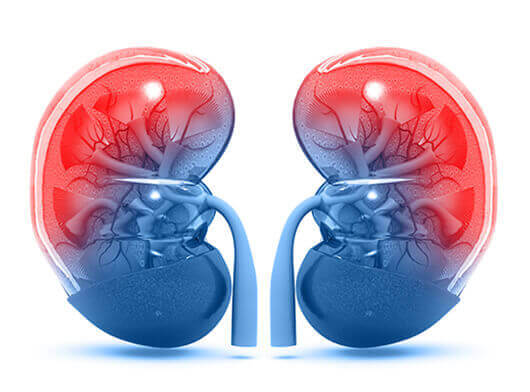Wilms’ tumor is almost always treated with more than one type of treatment – usually surgery and chemotherapy. Sometimes chemotherapy or radiation therapy may be used to make the tumor smaller before surgery. If cancer cells remain after surgery, radiation therapy may be used.
One or more of the following approaches may be used to treat cancer or help your child feel better.
- Surgery
- Radiation
- Medical Oncology
- Surgical skill is of the utmost importance when treating Wilms’ tumors. Like all surgeries, the procedure is most successful when performed by a specialist with a great deal of experience in the particular surgery.
- The main goal of surgery to treat Wilms’ tumor is to remove as much of the main tumor as possible. The kidney, ureter and adrenal glands will be removed as well. This surgery is called nephrectomy.
- Two types of nephrectomy are used to treat Wilms’ tumor-
- Radical nephrectomy: The most common surgery to treat Wilms’ tumor. The entire kidney, along with surrounding tissue, is removed.
- Partial nephrectomy (or kidney-sparing surgery)- (or kidney-sparing surgery): When Wilms’ tumors are in both kidneys, this surgery may be done to save as much healthy tissue as possible. The cancer and some of the surrounding healthy tissue are removed.
- Sometimes, both kidneys may need to be removed completely. A kidney transplant may be an option later.
- Radiation therapy (also called radiotherapy) uses high-energy beams to destroy cancer cells. New radiation techniques target tumors more precisely, delivering the maximum amount of radiation with the least damage to healthy cells.
- High precision techniques like Intensity Modulated Radiotherapy (IMRT), Image guided Radiotherapy (IGRT), and Volumetric Modulated Arc therapy (VMAT/Rapid Arc) are useful in targeting the tumor accurately and avoiding normal tissue injury.
- 3D-conformal radiation therapy: Several radiation beams are given in the shape of the tumor
-
Chemotherapy
Most children who are treated for Wilms' tumor will receive chemotherapy. If a tumor is large or difficult to reach, or if there are tumors in both kidneys, chemotherapy may be given before surgery to shrink the tumors and make them easier to remove.



.png)
